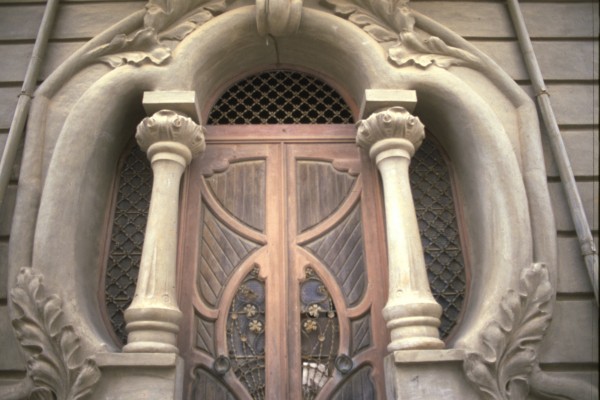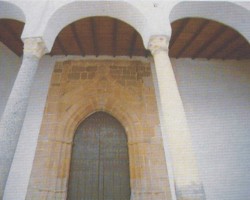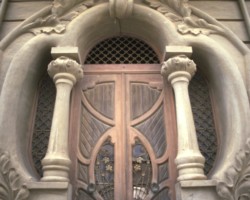The passage of time is almost imperceptible in Fuente Obejuna, a village that is immortalised in the literature of Lope de Vega. The passage of time is almost imperceptible in Fuente Obejuna, a village that is immortalised in the literature of Lope de Vega. Thus, the illustrious dramatist is commemorated in the name of main plaza, which, boasting a broad stairway, is bordered by the Town Hall and the parish church, erected on the site of the castle/palace of the tyrannical commander.
- The village is located in the Guadiato, next to the N-432.
- Distance from Córdoba: 93 km.
- Altitude: 628 m.
- Surface area: 582.8 km2.
- Population: 5409.
- Term used to designate inhabitants: Mellarienses.
- Region: Valle del Guadiato.
The village of Fuente Obejuna was first documented in 1315. Half a century later, the village was once again mentioned as a property of the Crown in the pastureland ordinance drawn up by Henry II. From the outset, Fuente Obejuna has formed a part of the territory under the jurisdictional control of Córdoba. According to the historian R. Córdoba, in 1460, Henry IV ceded Fuente Obejuna and the neighbouring village of Belmez to the Master of the Calatrava, Pedro Girón, whereby the village became part of the estate of this military order. In the early hours of the morning, between the 22nd and 23rd of April 1476, the inhabitants of the village staged an uprising and assassinated the Commander of the Order of Calatrava, Fernán Gómez de Guzmán. This event inspired Lope de Vega’s historical drama “Fuenteovejuna”, which has been performed in the village on several occasions, most recently in 2004. The cause of the rebellion is usually at! tributed to the excesses and abuses perpetrated by the Commander of the Order of Calatrava; however, Professor E. Cabrera cites Córdoba’s desire to recover control of the locality as the main cause, which would explain why, a few days after the bloody event, the alcalde mayor of the capital, Juan de Berrio, took possession of the village. The present-day village was preceded by the Roman town of Mellaria [Miel: Honey], which analysts usually situate on the nearby Cerro de Masatrigo [a hill in the area].














